I am looking to purchase some anti-static gear for when working on electronics(I'm assuming all electronics should be worked with on an anti-static pad, that's correctly grounded, correct?), and noticed in some reviews there are mention of not having "Continuity" in the strap they purchased.
One review mentions
WARNING FOR PURCHASERS AND ALL BRANDS OF A COMPUTER ANTI-STATIC WRIST STRAP – Before beginning my PC build, and looking at this $400 motherboard, from a past experience, I decided to verify that the Rosewill ESD Anti-Static wrist Strap will actually work, by testing it with my Multi meter. The Results were stunning - THERE IS NO CONTINUITY (CONNECTION) FROM THE ALLIGATOR CLIP TO THE METAL PAD ON THE WRIST STRAP – THIS NO STATIC PROTECTION!
So this brings a couple questions: 1) Is the bad connection just on the wrist strap I just bought, or on a whole bunch. 2) How many people buy any brand of anti-static wrist straps, put it on and think they are protected, then for their electrical part go bad thinking they were protected!!
Worse yet, most everything Nowadays is cheap China Stuff (CCS) and it is really hard for a company to make sure China/Asian products have quality.
I had randomly learned about continuity(right before reading this review), from a video of a water damaged iphone. The user used a multi-meter while connecting 1 side to something (couldn't see in the video), and would test both sides of the capacitor to see if it would beep. If both sides beeped, it seemed to be a bad capacitor, but if only one side beeped, that means it was good.
So I'm curious about,
If the information presented in the video is true, and if so what exactly is going on there with the beeps and why it should only beep on one side?
What exactly am I trying to test, and where, on the anti-static wrist band? The definition of continuity mentions "Continuous flow" so would I test the 2 ends, and multiple parts of the wire if something goes wrong, or...?
Any information about continuity testing, and any information about the subject in electronics, or some guidance to reading materials would be greatly appreciated, thanks.
EDIT: Review was from https://www.amazon.com/Rosewill-Anti-Static-Components-RTK-002-Yellow/product-reviews/B004N8ZQKY/ref=cm_cr_dp_synop?ie=UTF8&reviewerType=all_reviews&showViewpoints=0&sortBy=recent#R2LY6BRSK3A4UN
The segment is from 26 mins or so on this video https://www.youtube.com/watch?v=plmElKA6qKM&list=PLtjsWVbfWwk6cIQEN4aWjIiaP4VgXYuB0&index=3
Sorry share isn't working so I cannot get it directly at the timestamp.

